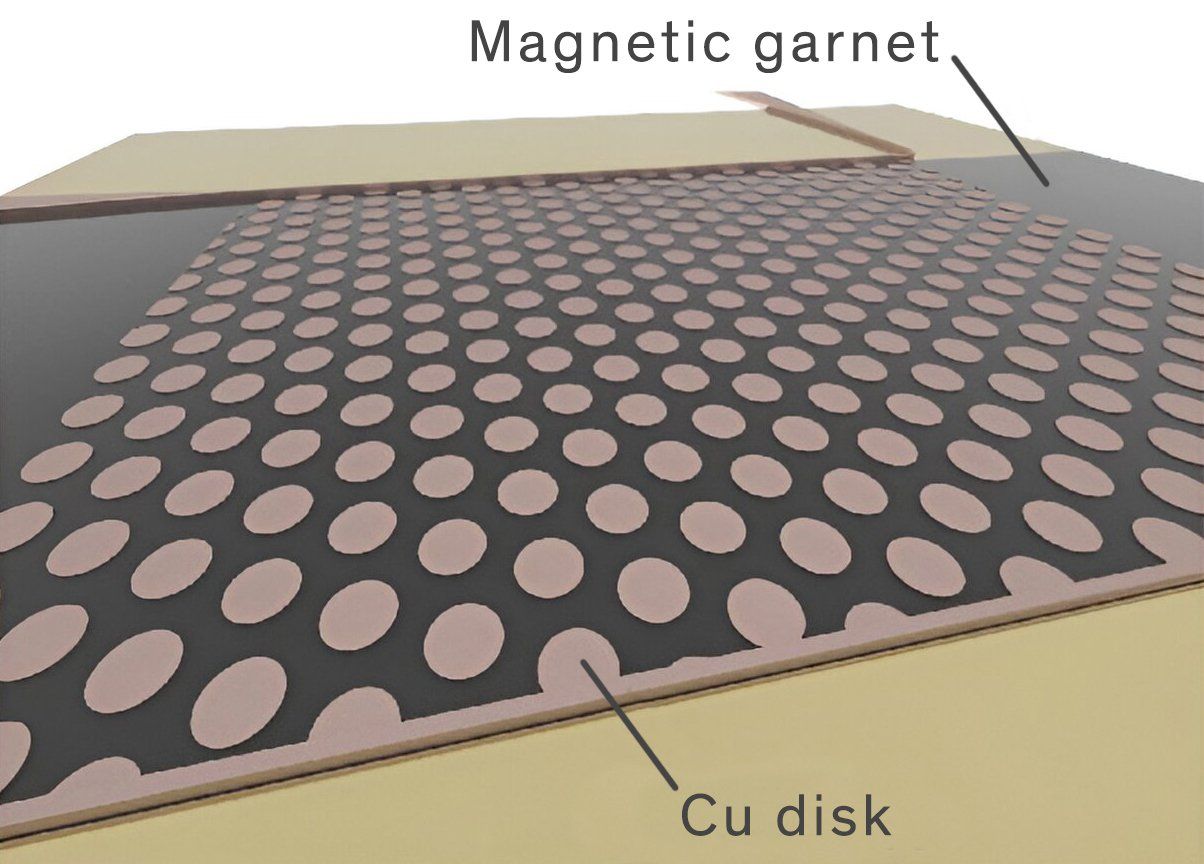Here’s an invention Caesar would have found familiar: a scroll that displays the news and then rolls up for easy storage. However, it is made not of parchment but of plastic, and it renders images at 150 pixels per inch. Because its pixels consist of tiny capsules that toggle between reflecting and nonreflecting modes each time they get a jolt of electricity, the screen consumes power only when updating the image.
The company behind the invention, Plastic Logic, in Cambridge, England, is a Cambridge University spin-off. The company has backing from Intel, Motorola, and Philips, and its screen is being tested by newspaper publishers in Belgium, France, and the United States.
The display’s two plies of plastic sandwich a full complement of electronic components, themselves of flexible plastic, doped to serve in whatever function is required—semiconductors, resistors, and so on. They are deposited droplet by droplet, in the manner of an inkjet printer—a technique that the company says can be scaled economically from postcard size to billboard size.
Commuters who make the switch from newsprint to plastic surely won’t miss getting a gritty ink residue on their hands or folding a broadsheet while their crowded bus or train lurches to its destination. But will they want to keep up with yet another electronic device, subscribe to a news service rather than buy newspapers on the spur of the moment, and read from a glare-prone sheet instead of good, old-fashioned newsprint? And how will bargain hunters clip coupons?
More information is available at https://www.plasticlogic.com.
Willie Jones is an associate editor at IEEE Spectrum. In addition to editing and planning daily coverage, he manages several of Spectrum's newsletters and contributes regularly to the monthly Big Picture section that appears in the print edition.
